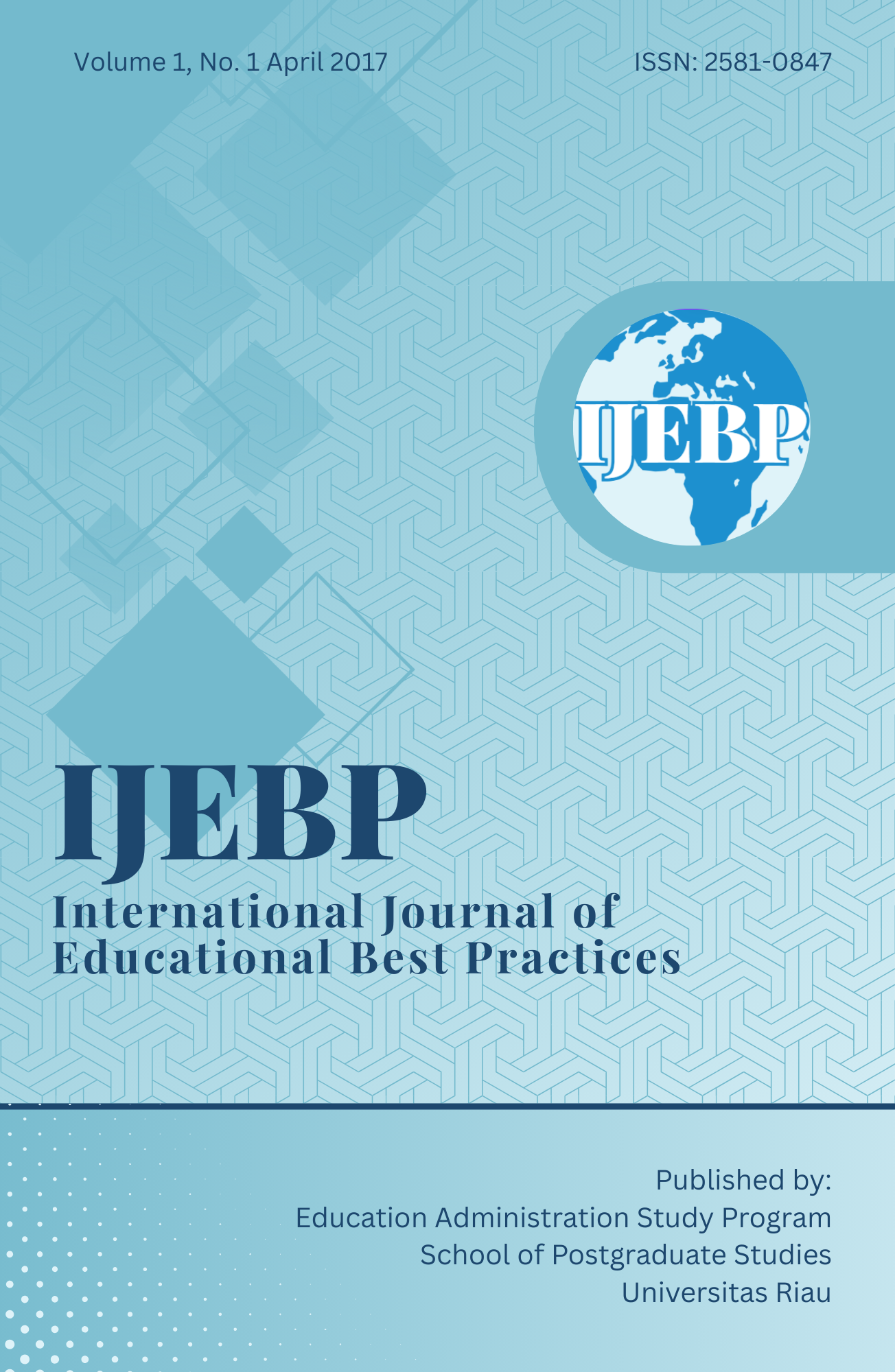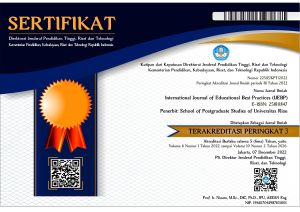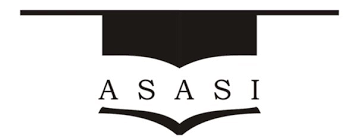Moving from an L1 to an L2 Setting: Parents’ Motivation for Raising Children Bilingually
DOI:
https://doi.org/10.31258/ijebp.1.1.53-66Keywords:
bilingualism, children bilingualism, parents' motivation, domicileAbstract
This paper portrays changes in parents’ motivation for raising their children bilingually due to the change of domicile, from parents’ home country as the first language (L1) setting – which is a non English-speaking country – to Australia as their second language (L2) setting. Derived from a larger study done between 2011-2015, the paper describes how parents, who at the time of data collection resided in Australia, changed motivation for communicating with their children bilingually. Evolving from my personal experience, using an auto-ethnographic approach, and supported by data from two other research participants with similar experience, the paper presents a narrative on how parents’ sociolinguistic set-up is influenced by the geographic setting change. An early reason that became apparent why parents want their children to be able to communicate in two languages in the period prior to geographic movement from countries where English is a foreign language has changed after they live in Australia. Parents had been motivated to make their children bilingual when they are in the non-English-speaking contexts because they want their children to be able to fit in the globalised world communication. Meanwhile, their main reason for having bilingual children after they live in Australia is to maintain their heritage language and culture. This paper will enhance the discussion in the field of bilingualism, especially about parents’ motivation for children bilingualism and Family Language Policy (FLP), and will extend the discussion in other language-related field of research.
References
Barac, R., & Bialystok, E. (2012). Bilingual effects on cognitive and linguistic development: role of language, cultural background, and education. Child Development, 83(2), 413-422.
Barac, R., Bialystok, E., Castro, D. C., & Sanchez, M. (2014). The cognitive development of young dual language learners: a critical review. Early Childhood Research Quarterly. doi:http://dx.doi.org/10.1016/j.ecresq.2014.02.003
Barbour, R. S. (2008). Introducing qualitative research: a student guide to the craft of doing qualitatative research. Los Angeles: Sage Publications.
Beardsmore, H. B. (Ed.). (1986). Bilingualism: basic principles (Vol. 1). Clevedon: Multilingual Matters Ltd.
Bialystok, E., & Viswanathan, M. (2009). Components of executive control with advantages for bilingual children in two cultures. Cognition, 112, 494-500.
Carreira, J. M. (2011). Relationship between Motivation for Learning EFL and Intrinsic Motivation for Learning in General among Japanese Elementary School Students. System: An International Journal of Educational Technology and Applied Linguistics, 39(1), 90-102.
Charmaz, K. (2006). Constructing grounded theory. London: Sage Publications.
Cunningham-Anderson, U. & Anderson, S. (2004). Growing up with two languages: a practical guide. London: Routledge.
D'Cruz, H. (2001). The fractured lens: methodology in perspective. In J. Higgs, D. Horsfall & H. Bryne-Armstrong (Eds.), Critical Moments in Qualitative Research (pp. 17-29). Oxford, England: Butterworth-Heinemann.
Diamond, A. (2006). The early development of executive functions. In E. Bialystok & F. I. M. Craik (Eds.), Lifespan cognition: mechanism of change. New York: Oxford University Press.
Diamond, J. (2010). "The Benefits of Multilingualism." Science 330: 2.
Dörnyei, Z. (2003). Attitudes, Orientations, and Motivations in Language Learning: Advances in Theory, Research, and Applications. Language Learning, 53(S1), 3-32. doi: 10.1111/14679922.53222e
Embassy of the Republic of Indonesia, Washington
DC http://www.embassyofindonesia.org/about/people.htm
Engin, A. O. (2009). Second language learning success and motivation. Social Behavior & Personality: An International Journal, 37(8), 1035-1041.
Flick, U. (2006). An introduction to qualitative research (Third ed.). London, Thousand Oaks, New Delhi: Sage Publications.
Gillham, B. (2000). The research Interview. London, New York. Continuum.
Graham, S., & Weiner, B. (1996). Theories and principles of motivation. In D. C. Berliner & R. C. Calfee (Eds.), Handbook of Educational Psychology (pp. 63-84). New York: Mac Millan.
Grosjean, F. (2010). Bilingual: life and reality. Cambridge: Harvard University Press.
Hamers, J. F. (1981). Psychological approaches to the development of bilinguality: an overview. In H. B. Beardsmore (Ed.), Elements of bilingual theory. Brussel.
Haugen, E. (1969). The Norwegian language in America. Bloomington: Indiana University Press.
Kvale, S. (1996). Interviews : an introduction to qualitative research interviewing. Thousand Oaks, California: Sage Publications
Lee, B. Y. (2013). Heritage language maintenance and cultural identity formation: the case of Korean immigrant parents and their children in the USA. Early Child Development and Care, 183(11), 1576-1588. doi: 10.1080/03004430.2012.741125
Lee, J.S. (2002). The Korean language in America: The role of cultural identity in heritage language learning. Language, Culture and Curriculum, 15(2), 117–133.
Lichtman, M. (2006). Qualitative research in education: a user’s guide. Sage Publications. Thousand Oaks, London, New Delhi
May, T. (2011). Social research: issues, methods, and process. Fourth edition. McGraw Hill Open University Press. England
Merriam, S.B. (2009). Qualitative research: a guide to design and implementation. John Wiley and Sons, Inc. San Francisco.
Reed-Danahay, D. (1997). Auto/ethnography: rewriting the self and the social. Oxford: Berg.
Rodriguez, D., Carrasquillo, A., & Lee, K. S. (2014). The bilingual advantage: promoting academic development, biliteracy, and native language in the classroom. New York: Teachers COllege Collumbia University.
Romaine, S. (1995). Bilingualism (Second ed.). USA, UK, Australia: Blackwell Publishing.
Rosenberg, M. (1996). Raising Bilingual Children. The Internet ESL Journal, II(6), 3. Retrieved from http://iteslj.org/Articles/Rosenberg-Bilingual.html
Roth, W.-M. (2005). Auto/biography and auto/ethnography praxis of research method (Vol. 2). Rotterdam: Sense Publishers.
Saunders, G. (1982). Bilingual Children: Guidance for the Family. Clevedon: Multilingual Matters Ltd.
Saunders, G. (1988). Bilingual children: from birth to teen. Clevedon: Multilingual Matters LTD.
Schecter, S. R., Sharken-Taboada, D., & Bayley, R. (1996). Bilingual by choice: Latino parents' rationales and strategies for raising children with two languages. Bilingual Research Journal, 20(2), 261-281.
Schwartz, M., & Moin, V. (2011). Parents' assessment of their preschool children's bilingual development in the context of family language policy. Journal of Multilingual and Multicultural Development, 33(1), 35-55. doi: 10.1080/01434632.2011.638078
The people of Australia: statistics from 2006 census (2018). (2008). Retrieved from http://www.immi.gov.au/media/publications/statistics/immigration-update/people-australia-2008-statistics.pdf
Weinreich, U. (1974). Languages in contact: findings and problems. Mouton: The Hague.





